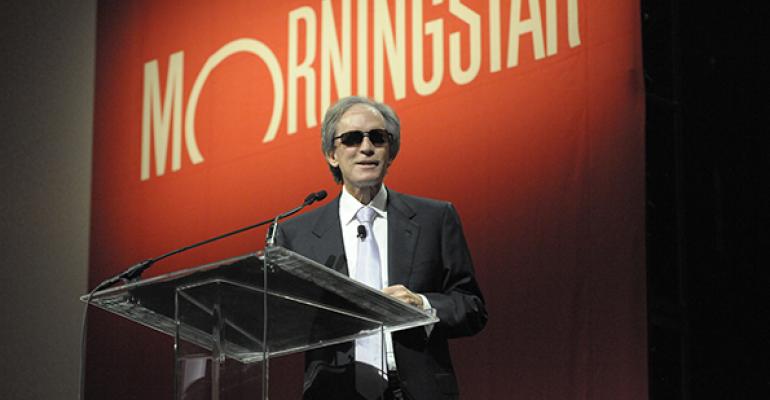While Pimco has seen about $290 billion in fund outflows since co-founder Bill Gross left in September 2014, Morningstar said Thursday it remains cautiously optimistic about the future of the firm. The report points to several positive signs, including the stability of Pimco's investment team, the support of parent company Allianz, a slowing rate of outflows, and the return of some key staff.
“We do think that Pimco’s leadership—President Jay Jacobs, CEO Doug Hodge, Group CIO Dan Ivascyn and everyone they work with—has really done an impressive job navigating what has been the most difficult stretch of Pimco’s history,” said Michael Herbst, director of active fund research at Morningstar.
The researchers have been looking closely at whether a long period of sustained outflows would impact the firm’s profitability enough that it would have to make the kind of big changes that disrupt culture, erode morale and impact investment performance, said analyst Sumit Desai. But Desai calculated the firm could withstand outflows of $300 to $350 billion, if they occurred in orderly fashion and over a two- to three-year period.
From September to March, the firm’s total assets under management declined 15 percent, from $1.88 trillion to $1.59 trillion. About $180 billion has left the firm’s flagship fund, Pimco Total Return. But outflows from that fund slowed to $2.7 billion in May, an encouraging sign, according to Morningstar.
“Even as Pimco’s profits declined significantly in 2014 and will most likely decline even further in 2015, it’s still amongst the most profitable asset management firms out there,” Desai said.
Allianz’s support of Pimco, which makes up about a quarter of its profits, is also a stabilizing factor, Desai added. For example, in February Allianz announced it was raising its dividend and dividend payout target.
“Allianz continues to maintain a long-term perspective with Pimco and expresses its support for Pimco’s team and strategy,” he said.
Sarah Bush, lead analyst on Pimco, pointed to returns of some key investment strategists, including Marc Seidner, who came back to serve as chief investment officer for non-traditional strategies, and Jeremie Banet, who returned as a portfolio for the real return strategies. There were also some key hires, including former fed chair Ben Bernanke, who joined as senior advisor; Joachim Fels, who joined as global economic advisor; and Geraldine Sundstrom, a portfolio manager in asset allocation business.
“One of primary concerns when Gross left was that we’d see defections and erosion of the remaining investment team,” Bush said. “The current leadership team has done an admirable job stabilizing the team and the firm, an effort that included a deferred compensation retention plan for key staff.”
But there were also some high-level departures, Bush said. Saumil Parikh, managing director and portfolio manager, left the firm in January. Paul McCulley stepped down from his role as chief economist in February.
The firm’s three-manager structure on its Total Return strategy is still new, so the analysts are watching closely to see how the managers gel. They’re also concerned about the emerging markets bond team, which has seen some turnover and has underperformed. The Pimco All Asset Fund, sub-advised by Research Affiliates, has also had a relatively lackluster performance.






